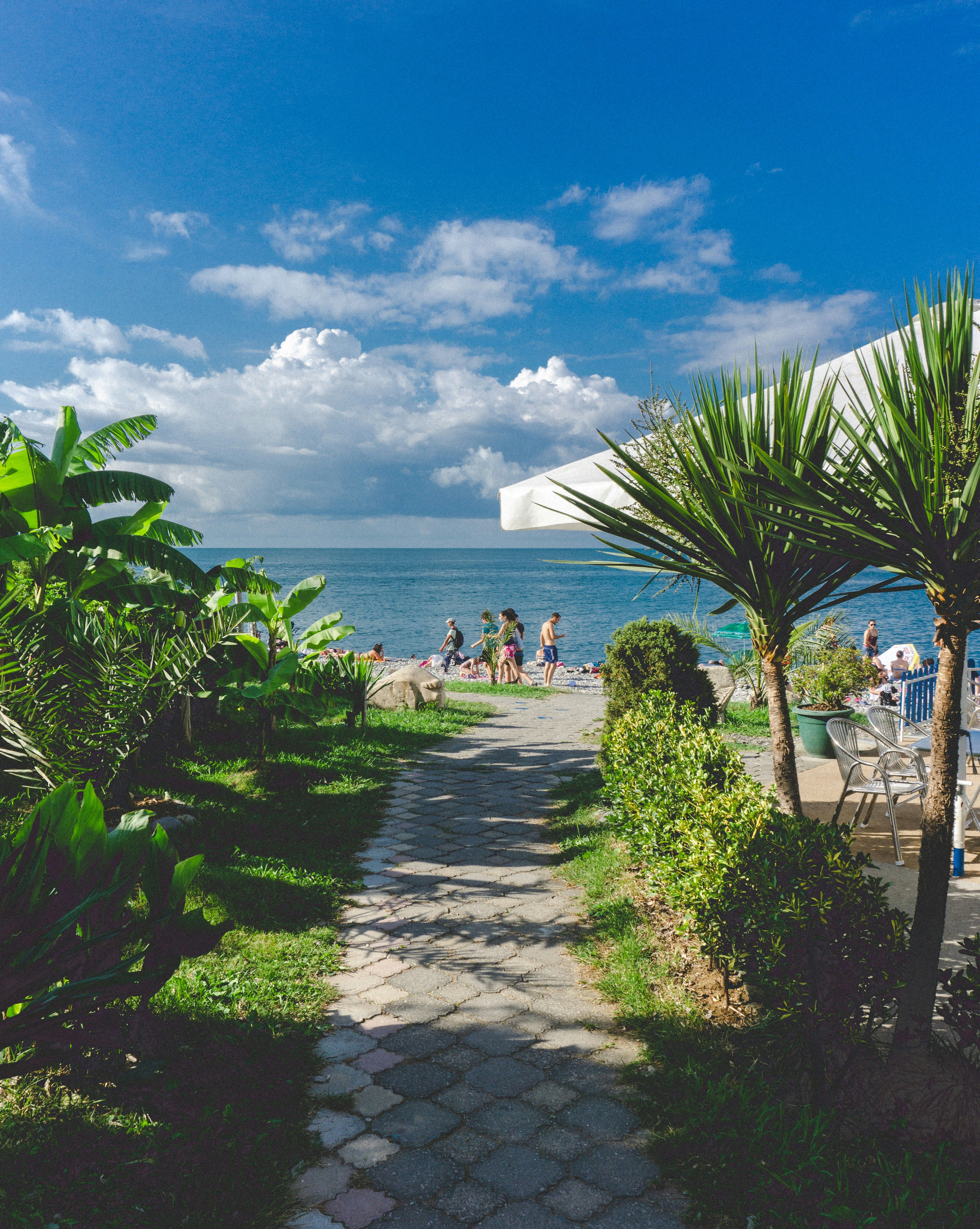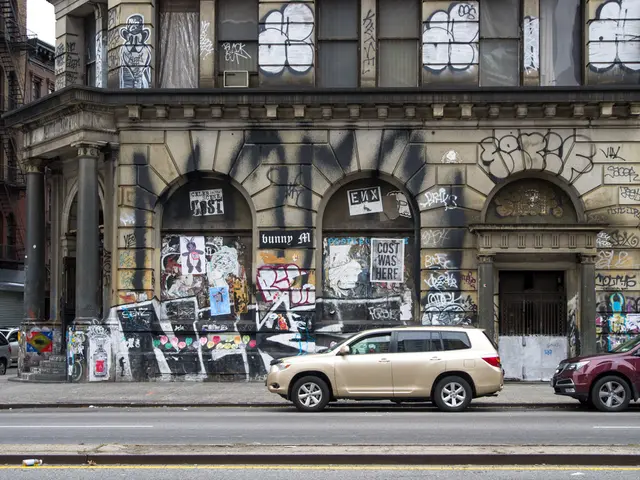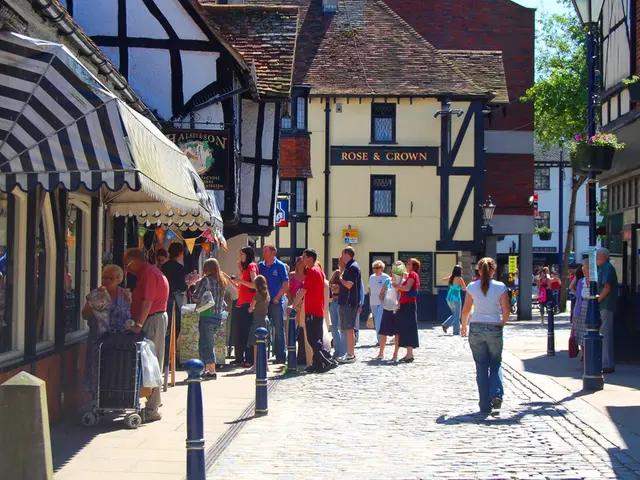Preserving Cultural Heritage: A Delicate Dance Between Tourism and Conservation
Tourism's Impact on Cultural Preservation or Deterioration
Cultural heritage, encompassing traditions, languages, customs, and symbolic entities, is the tapestry that forges identities and binds societies together. Tangible manifestations of heritage, such as historical buildings and artworks, reveal the architectural, artistic, and social essences of past eras. In contrast, intangible heritage includes practices, representations, and knowledge passed down through generations—oral traditions, performing arts, rituals, and traditional craftsmanship reflect ing the cultural diversity and creativity of each society [1].
The significance of cultural heritage is multifaceted. It fosters a sense of belonging and unity among individuals, reinforcing societal values and norms through shared stories, festivals, and languages. It also ensures the continuity of traditions, preserving unique customs for future generations. Education plays a critical role in understanding roots and context, enabling individuals to appreciate and cherish their heritage [1].
Tourism, when harnessed responsibly, can contribute substantially to the preservation and appreciation of cultural heritage. Revenue generated from tourism can fund conservation projects and generate awareness about the importance and beauty of cultural assets [3]. It also creates opportunities for local economies by encouraging the development of cultural events, festivals, and artisanal work, further enhancing the visitor experience [2].
However, unchecked tourism can pose threats to cultural heritage. Commercialization, where cultural sites and traditions are commodified for tourist consumption, can dilute the authenticity of local practices and traditions [1]. Over-tourism, characterized by an excessive influx of tourists to specific destinations, can strain infrastructure, damage physical structures, and degrade the quality of life for local residents [4]. The erosion of local customs and traditions can occur when communities modify or abandon their authentic practices to cater to tourism demands [1].
Thus, striking a balance between preservation and commercialization is essential. Policymakers and communities must adopt sustainable tourism practices that emphasize cultural authenticity, ensuring responsible tourism development [5]. Engaging local residents in tourism initiatives can foster a sense of ownership and pride in their heritage, while also enriching the visitor's experience [1]. Sustainable practices such as regulating visitor numbers, promoting eco-friendly transportation, and investing in educational programs for tourists and locals alike can help prevent over-tourism and maintain the integrity of cultural sites [4].
Achieving this balance requires a thoughtful attitude towards cultural heritage preservation. Collaboration between local governments, cultural organizations, and tourism boards can promote guidelines that ensure sustainable development while maintaining the essence of each community's cultural identity [3]. Establishing comprehensive tourism monitoring plans [1] and developing adaptive management strategies that respond to changing conditions can also help mitigate the negative impacts of tourism on cultural heritage.
Strategies for sustainable tourism have proven successful in certain regions. The cities of Kyoto, Dubrovnik, and Marrakech have each implemented effective, community-focused approaches to heritage preservation and tourism development, ensuring that cultural legacies are not only protected but also celebrated [2]. Furthermore, technology is increasingly being harnessed to preserve cultural heritage, with the use of virtual reality and digital archiving offering novel ways to appreciate and share cultural treasures [5].
The future of tourism and cultural heritage lies in the integration of sustainability and heritage preservation within broader policy frameworks. Governments and organizations must prioritize the protection of cultural heritage as a vital resource for community identity and economic resilience. By embedding cultural preservation within broader sustainable development goals and aligning tourism objectives with these goals, the long-term viability of cultural tourism can be ensured [3][4].
In conclusion, the interplay between tourism and cultural heritage presents both challenges and opportunities. By prioritizing local community involvement, careful cultural heritage management, responsible tourism experiences, and embedding sustainable development priorities, it is possible to preserve cultural legacies while promoting economic growth. As the world evolves, so too must our approach to tourism, ensuring that cultural heritage remains a living, valued part of community identity and sustainable development [1][3][4].
[1] Sandra B.ophy, Jelena Malesevic, and Robert J. Price.(2021). Engaging local communities in making heritages attractive for sustainable tourism. Tourism Management Perspectives.
[2] N. A. Farahani, F. K. Keller, J. B. Lenault, and D. L. Llewellyn Smith.(2019). Marrakech and the Cultural Urban Sustainable Tourism model. Journal of Sustainable Tourism.
[3] UNESCO.(2020). Sustainable Development Goals: Cultural Heritage and Sustainable Development.
[4] G. Stewart and M. Sanford.(2017). Community-based tourism and cultural heritage preservation: Lessons from Mexico and Guatemala. The Journal of Sustainable Development in Africa.
[5] Global Challenge Research Fund (GCRF).(2021). Leveraging Cultural Heritage for Sustainability: A Synthesis Report.
[6] UNESCO World Heritage Centre.(2020). Petra, Jordan (WHPS-CH-783).
[7] UNESCO World Heritage Centre.(2020). Venice and its Lagoon, Italy (WHPL-871).
- A global initiative could be launched to use virtual reality technology for creating immersive educational experiences, allowing students worldwide to explore cultural heritage sites and learn about different societies and their traditions.
- Encouraging entrepreneurs to innovate in various sectors, such as home-and-garden, business, entertainment, and lifestyle, can help create unique souvenirs and local experiences that respect the cultural heritage of destinations, providing an authentic taste of a region to traveling consumers.
- Travel companies could partner with educational institutions to offer guided tours combining essential lessons about a destination's culture, history, and sustainable practices, ensuring that tourists have a meaningful, informed experience across various aspects of their trip.
- Governments could invest in digital archiving and preservation technology to protect intangible cultural heritage, including oral traditions, performing arts, and rituals, and make them accessible to a global audience through online platforms and virtual exhibitions.
- Establishing tours focused on nature, local customs, and home gardening techniques could promote eco-tourism and sustainable development, offering tourists the opportunity to immerse themselves in traditional lifestyles and landscapes while respecting the cultural heritage of their destination.




